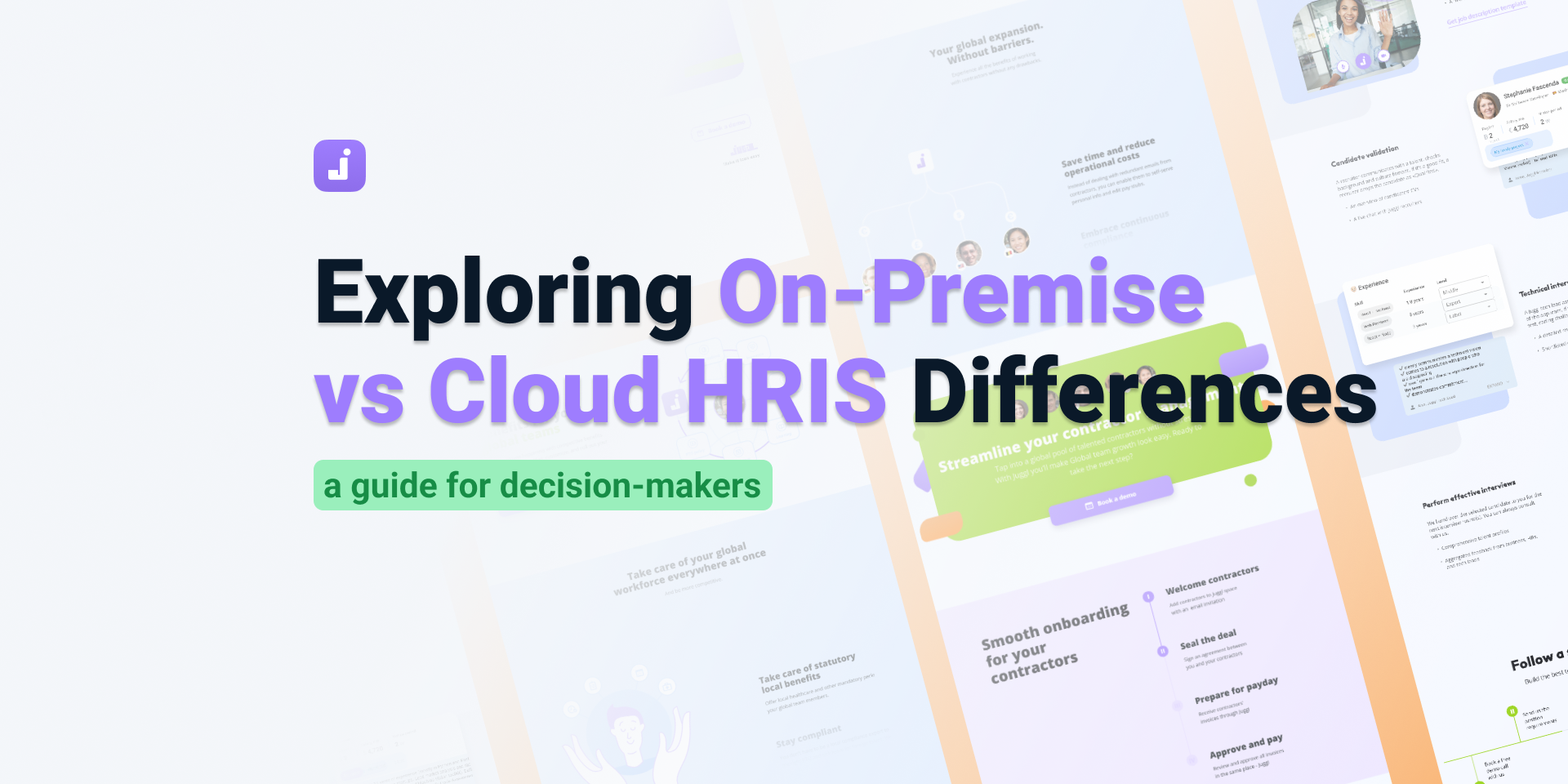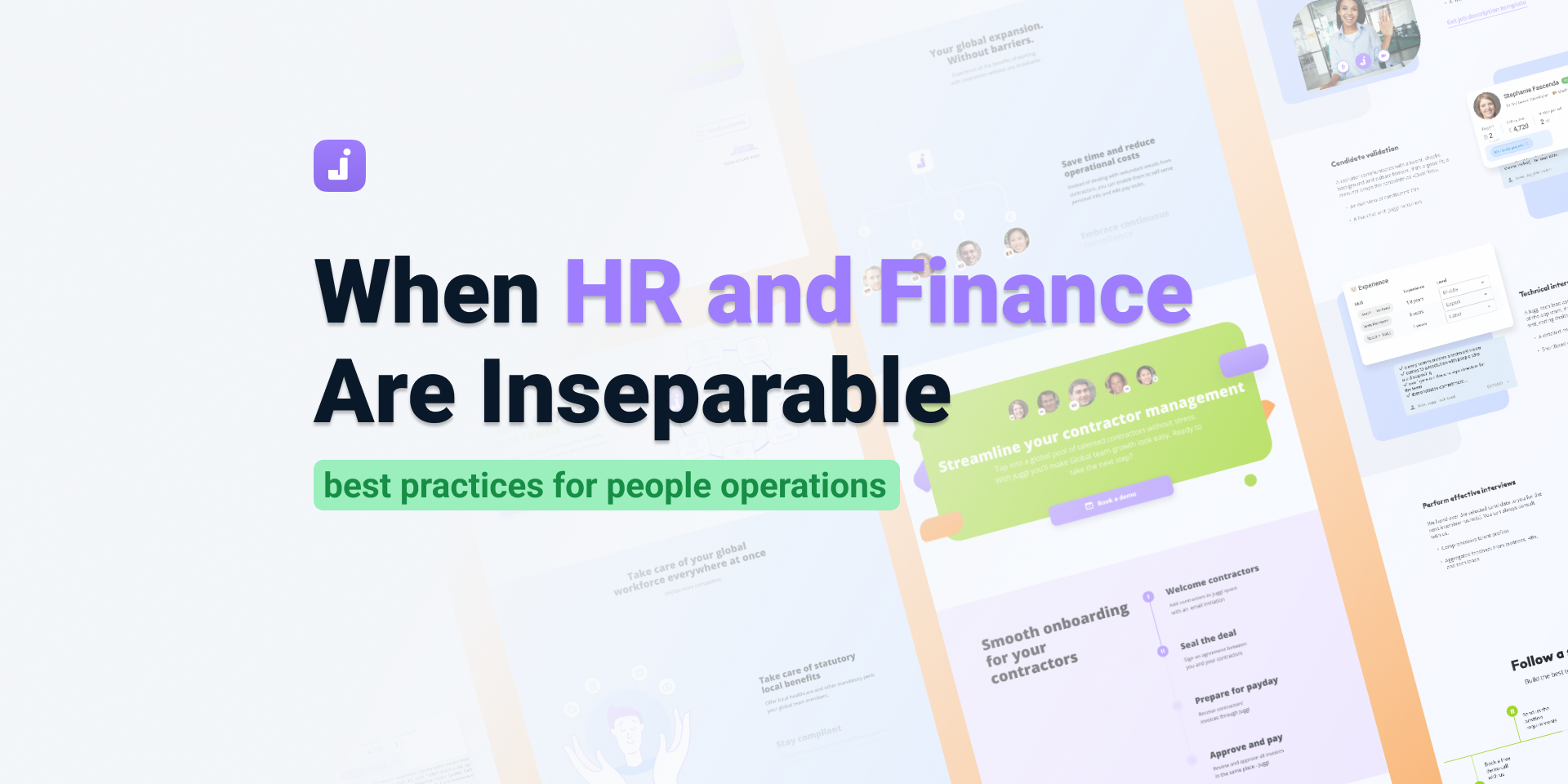Common Challenges in Adopting Employee Self-Service and How to Avoid Them
It's 2025, and employee expectations have changed from what they used to be prior to the remote-first era. They don’t want to chase down HR for a pay slip, email finance for an expense update, or wait several business days to see if their time-off request was approved. They want answers instantly, in one place, on their own terms. The market has reacted to these needs quickly, and employee self-service software has entered the spotlight.
With the right HRIS, payroll, and finance system behind it, employee self-service (ESS) transforms from a nice-to-have portal into a powerful tool for productivity, accuracy, and engagement. However, when it comes to introducing one, some roadblocks may appear. In this article, we’ll break down what challenges often occur when implementing employee self-service, how to avoid or overcome them, and how Juggl makes it simple. Keep reading to see how ESS can empower your team and how to introduce it to your operations smoothly to truly free your people to focus on the work that matters.
Common Employee Self-Service Adoption Challenges Overview
Even the best-run businesses can struggle when rolling out an ESS payroll portal. On paper, it sounds simple: give employees access to their own payroll reports, HR, and paystub information, and watch efficiency improve. In practice, though, many companies hit unexpected blockers, whether it’s clunky systems that frustrate staff, inconsistent data that erodes trust, or poor adoption because teams don’t see the value.
Before looking at solutions, it’s important to understand the most common hurdles you may face with ESS. These challenges aren’t just technical: they touch on culture, communication, and the day-to-day experience of your employees. By addressing them in advance, you can turn up ESS efficiency dramatically and ensure your entire operations run as a smooth, unified system.
Technical Challenges
This is one of the most common hurdles as many organizations struggle with the technical side of employee self-service. Outdated systems and poor integrations with payroll or finance tools can create friction for both employees and administrators. Instead of saving time, an employee self service portal becomes another source of frustration, leading to low adoption rates and more work for HR and IT teams who have to step in and fix what the software can’t handle on its own.
How to avoid: choose a platform that prioritizes usability and easy integration. An intuitive user interface of an ESS employee portal reduces training time, while strong API connections ensure data flows smoothly between HR, payroll, and finance. With Juggl, ESS is built to connect all these functions in one place, so employees get fast, reliable access without the unnecessary IT headaches. This eliminates duplicate data entry and reduces the risk of error.
User Experience Issues
Even if the tech works, a confusing or cluttered interface can derail your employee ESS adoption. People don’t want to click through endless menus just to download a pay slip or submit a leave request. If the system feels unintuitive, they’ll quickly fall back on emailing HR or bypassing the tool entirely. Over time, this not only undermines the investment in a staff self service portal but also frustrates your employees who expect the same ease of use they get from any other app.
How to avoid: focus on simplicity and clarity. An effective HR self service portal should offer a clean design and straightforward navigation that makes everyday tasks effortless. Another great feature to have would be accessibility from mobile devices so that your employees can request a day off or check their paystubs on the go. Juggl, for one, is a web-based system which employees can access in just a few taps no matter where you are. When you set up a smooth and user-friendly experience, you encourage consistent use and ultimately unlock the benefits an employees self service portal is meant to provide.
User Resistance
Like we've said before, even the most advanced employee self-service system can fall flat if staff simply don’t use it. Resistance often comes from habit, like employees that are used to emailing HR for answers, or from uncertainty about how the system works. If ESS feels complicated or time-consuming to learn, adoption drops and the investment goes to waste.
How to avoid: start with education and communication. Show employees how ESS benefits them directly (mention the benefits such as faster access to pay slips, easier leave requests, fewer delays, etc). Provide short, hands-on training sessions or simple how-to guides that build user confidence quickly. Just as important, choose a system that's easy to use. Make sure your software requires minimum onboarding efforts in the first place. Juggl is designed to be intuitive out of the box, so teams need little training to get started.

Changes in Management Strategies
No system or workflow is completely immune to shifts in leadership direction. New management often brings new priorities, which can affect how employee self-service is rolled out, maintained, or even whether it's as valued as it used to be. A platform that was once central to operations might be sidelined, or processes can be reworked in ways that reduce the effectiveness of ESS. While this challenge is unavoidable, it’s still an important factor to keep in mind.
How to adapt: flexibility is key. Choose an ESS platform that can scale and adjust as organizational strategies evolve. Juggl features a modular design that allows the HR-Finance-Ops trio to customize workflows without rebuilding the entire system. Pairing adaptable technology with clear communication with employees is the right way to ensure employees experience continuity, even when management priorities shift. This keeps ESS viable and valuable no matter how leadership strategies change.
Data Security Concerns
Data security is one of the biggest objections and roadblocks when it comes to introducing employee self-service tools. And this is completely understandable – ESS platforms hold some of the most sensitive information a company manages: personal data, bank details, payroll records, tax documents. Any breach can damage employee trust and expose the business to serious compliance risks. That’s why data security needs to be front and center in every ESS strategy, and the tool itself should have security in the core of its design.
Protecting Employee Information
When employees share their personal information with the employer, they naturally expect their data to be safe. If there's even a tiny reason to worry about leaks or misuse, the ESS adoption will plummet. This is why protecting personal information starts with choosing a system that prioritizes encryption, secure storage, and strict access controls. Opt for a system that safeguards sensitive data – one of the ways to do so is exclusive role and access levels assignment. This is a good way of reducing the risk of breaches and reinforcing employee confidence in the platform.
Implementing Security Protocols
Any company is people first, tech stack second, so taking care of technology alone isn’t enough. Security protocols and data protection practices matter just as much. Organizations need to enforce regular password updates, role-based permissions, and compliance checks to stay ahead of potential threats. Juggl simplifies this with built-in security standards and audit-friendly features, making it easier for HR, payroll, and finance teams to maintain compliance without adding extra administrative burden.
Final Thoughts
Employee self-service can be a powerful driver of efficiency and team engagement, but only if your employees actually use it. The technology itself is important, but its success ultimately depends on how well teams are supported in adopting it. Without the right guidance, even the most intuitive system will be underutilized, and security risks are bound to grow.
This is why staff training and ongoing support are so critical. Employees want to feel confident in the systems the company uses, so just granting access to paystubs isn't enough. Clear onboarding and responsive help when questions arise can and will make a huge difference to the team. Likewise, managers should be the first ESS adopters and encourage its use with their own example, showing their teams the time-saving benefits it brings.

.jpeg)







